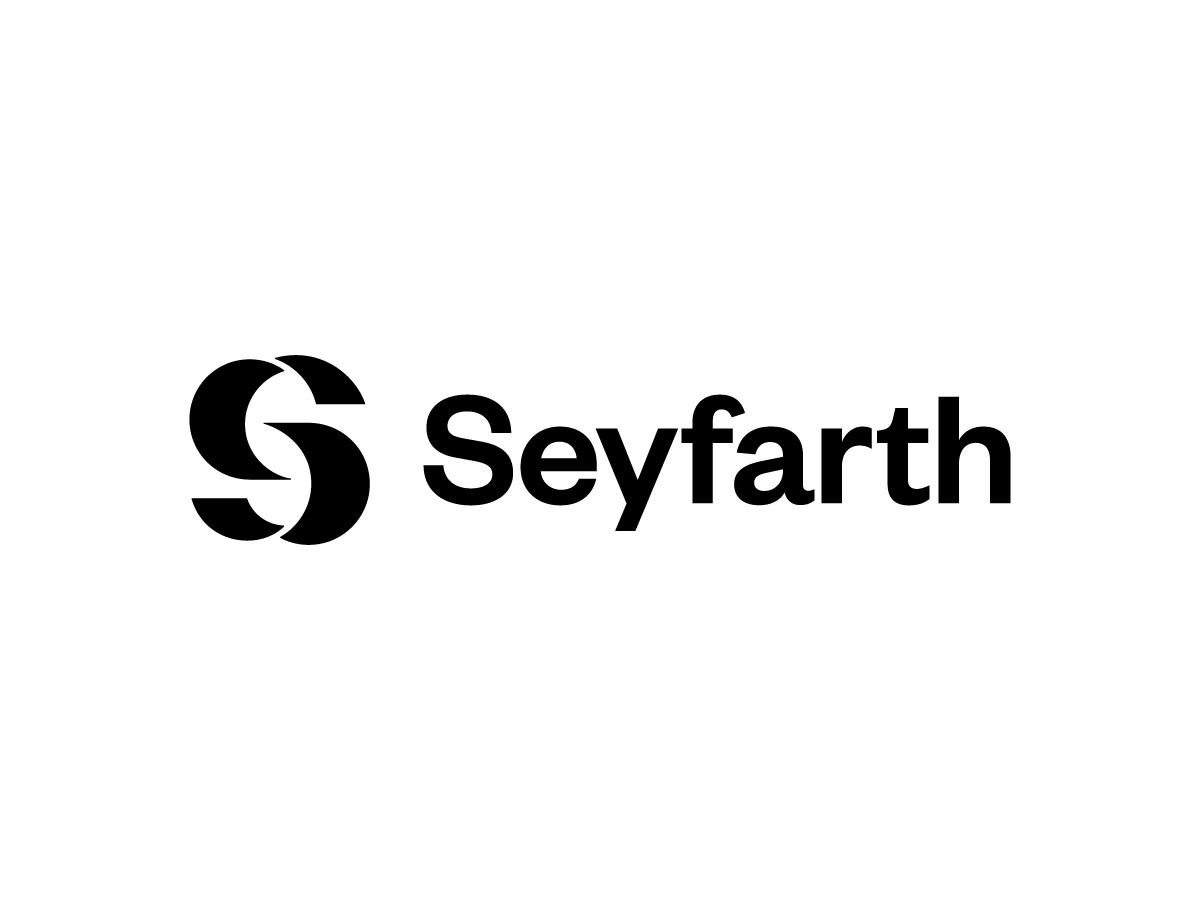SCOTUS Ushers in New Era of Enablement Law in Amgen Ruling
“That [the Justices] believe this decision changes nothing is entirely irrelevant. This decision, because of the evidence, clearly ushers in a cataclysmic shift in the law of enablement.”
Earlier today, the United States Supreme Court issued its decision in Amgen, Inc. v. Sanofi et al. The Court held, as many feared they would, that the 26 antibody examples and detailed instructions for generating additional antibodies within the genus—which covered some 400 pages and included a CD Rom of the x-ray crystallography coordinates of Amgen’s “anchor” (or lead) antibodies 21B12 (Repatha) and 31H4—was insufficient to satisfy the enablement requirement. Unfortunately, the Supreme Court did not explain what level of detail would have been sufficient, nor did the Court provide direction to the industry on what more is expected to satisfy the enablement requirement. So, we simply learned today that the extraordinary disclosure and detail provided by Amgen was not enough.
Although the Supreme Court, in an opinion authored by Justice Gorsuch, said they are not ruling that “a specification always must describe with particularity how to make and use every single embodiment”, that is exactly the effect the ruling will have on patent practice. Indeed, there is no other reasonable interpretation of the Court’s holding, given that there was expert testimony that the specification consisted of a “rich handbook,” providing “a wealth of information” about the claimed antibodies. Appx. 3910(763:1-12). Amgen’s expert also testified that skilled artisans following the patents’ roadmap “would be certain to make all” the antibodies across the claims. Appx. 3909 (762:10-20), 3908 (757:12-14). So, Sanofi’s argument—bought by the Supreme Court—that the information and detail provided by Amgen provided “little more than a trial-and-error process of discovery,” was simply incorrect based on the evidence. The Supreme Court can say whatever they like, and proclaim this is not a change to the law of enablement, but that they believe this decision changes nothing is entirely irrelevant. This decision, because of the evidence, clearly ushers in a cataclysmic shift in the law of enablement.
While today’s decision does not categorically eliminate broad genus claims, there can be no doubt that innovators within the life sciences community and beyond will be questioning the continued viability of broad genus claims. The importance of that is obvious to anyone familiar with patent practice, research and development, or capital markets. Often, but not as often as we would like, innovators will achieve fundamental breakthroughs. These leaps are precisely what the patent system is intended to encourage. We, of course, celebrate incremental innovation as a meaningful achievement, but what society wants are the types of innovations that shift the paradigm, and those types of inventions are by necessity going to cover far more scope because they are foundational.
What They Said
After the Supreme Court’s ruling today, to have broad claims that survive an enablement challenge you might not need to have an example for every embodiment, but you are going to need a lot of examples. How many? Well, in true Supreme Court fashion, they did not answer that critical question, but instead provided a meaningless and scientifically unhelpful characterization without boundaries or meaning:
[I]t may suffice to give an example (or a few examples) if the specification also discloses ‘some general quality . . . running through’ the class that gives it ‘a peculiar fitness for the particular purpose’”, wrote Gorsuch. “In some cases, disclosing that general quality may reliably enable a person skilled in the art to make and use all of what is claimed, not merely a subset.
I’m sure Justice Gorsuch and the rest of the Supreme Court find this to be helpful and meaningful guidance. The problem is with the facts and evidence of this case. The evidence established that a skilled artisan could make and use all of what Amgen claimed, not merely a subset. The evidence established that the innovation being so important and fundamental covered a lot of embodiments—perhaps millions of embodiments. Based on this decision, the fact that one of skill in the art could, based on the 400-plus pages of disclosure, make the claimed invention was insufficient. It would take a long time to follow the instructions provided and make what Amgen invented, and regardless of what the Supreme Court or Federal Circuit say, a roadmap to a broad invention is simply insufficient.
Indeed, Justice Gorsuch in a rather patronizing way discounted the argument made by Amgen relating to the conflation of basic enablement law with undue experimentation. Gorsuch wrote:
[I]t suggests that the Federal Circuit erred by applying an enablement test unmoored from the statutory text. As Amgen sees it, that court conflated the question whether an invention is enabled with the question how long may it take a person skilled in the art to make every embodiment within a broad claim. We do not see it that way. While we agree with Amgen that enablement is not measured against the cumulative time and effort it takes to make every embodiment within a claim, we are not so sure the Federal Circuit thought otherwise.
Gorsuch would go on to say that the Federal Circuit specifically noted in its decision that the effort required to exhaust a genus is not dispositive. But again, what both the Federal Circuit and Supreme Court held is inconsistent with the actual evidence of the case. That they want this to be the case does not make it factually fit into the overall puzzle. It also ignores generations of enablement law.
The law of enablement as always focused on the basic question of whether one of skill in the art can make and use the invention, period. Here, the evidence actually established that one of skill in the art indeed could make all the embodiments covered by the claim—it was just going to take a long time. So, regardless of whether the Supreme Court or Federal Circuit understands the ramifications of their decisions, the industry will understand that functionally the law of enablement has changed. It does not matter whether one of skill in the art can make and use the claimed invention. What matters is whether the specification has enough examples and detail to allow one of skill in the art to make the claimed invention quickly. Because if the claimed invention cannot be made relatively quickly based on the examples provided, not enough examples have been provided regardless of whether one of skill in the art could themselves achieve the invention.
Justice Gorsuch would disagree—and actually said the opposite in his decision. The Supreme Court concluded that “Amgen offers persons skilled in the art little more than advice to engage in ‘trial and error.’” But once again, what Justice Gorsuch wrote is contradicted by the evidence, not to mention scientific reality. Indeed, nothing the Supreme Court may want this decision to mean changes what those who understand the science and evidence will understand the case to hold. The underlying reality based on the facts of the case sadly did not seem to play into the decision at all. And as a result, we are left with a decision that stands for the proposition that 26 examples covering over 400+ pages and supported by a CD Rom of the x-ray crystallography coordinates of Amgen’s “anchor” (or lead) antibodies 21B12 (Repatha) and 31H4 are insufficient. Disclosure allowing one of skill in the art to make and use the invention is not enough, there must be more, and that is a fundamental shift in the law of enablement that will have repercussions for the entire community regardless of industry or technology at issue.
Much Ado About Morse
Despite the Supreme Court not following the evidence actually submitted, and not appreciating the functional effect of this decision, perhaps the most infuriating aspect of the Court’s decision is the thoroughly disingenuous comparison of Amgen’s claimed invention to the claim at issue in the Samuel Morse case—a case the Supreme Court always loves to refer to, regardless of its applicability.
Morse “sought to claim all telegraphic forms of communication”, Gorsuch explained. That characterization severely oversimplifies the Morse case. The Morse patent claimed all uses of electromagnetism, and the specification only described a single use of electromagnetism, and everyone correctly realized that Morse did not invent all uses of electromagnetism. So, the Morse case was easy for everyone—even the Supreme Court—to understand. The broad claim sought by Morse was not enabled. It wasn’t even invented.
In this case, however, there was a roadmap provided and uncontroverted expert testimony that the specification would allow one of skill in the art to make and use the full scope of what was claimed. In fact, the expert testified, and it was not rebutted, that the specification and supporting information provided by Amgen was more detailed than anything he had ever reviewed. And there is also no question that Amgen invented the full scope of what they claimed. So, comparison to Morse is not only inappropriate, but it also insults the intelligence of those who understand the law and science. Like much of the Supreme Court’s decision, what the Court actually says is contradicted by the evidence, testimony and scientific realities. In fact, a first-year law student should be expected to easily distinguish the Morse facts from this Amgen case.
What Now?
So, what is required of innovators who have made fundamental, broad inventions? How many examples are required? How many pages is enough? How quickly must the specification lead one of skill in the art to all embodiments claimed? None of these questions are answered, but most troubling is, despite evidence that one of skill in the art could make and use the invention, the specification still failed for lack of disclosure.
What we will undoubtedly see moving forward are patent applications that are even longer and more detailed, with far more examples, and efforts to describe a “general quality” that runs through genus, whatever that means.






